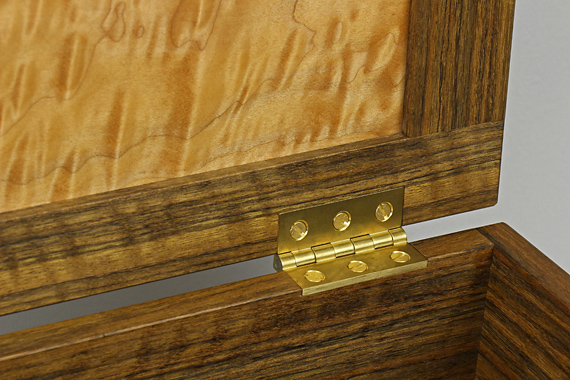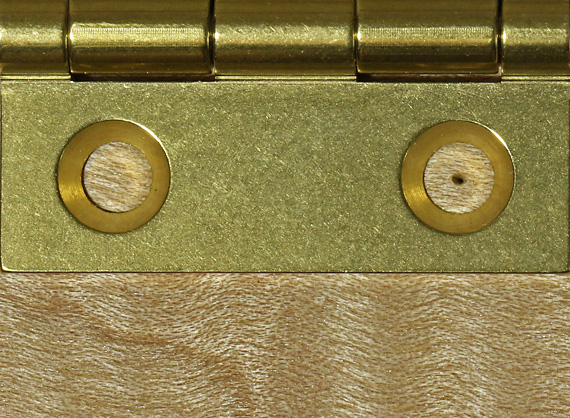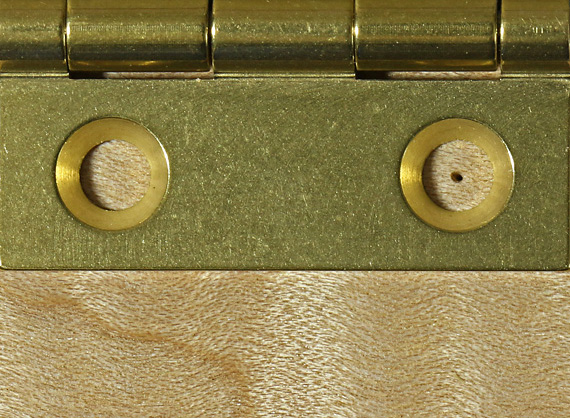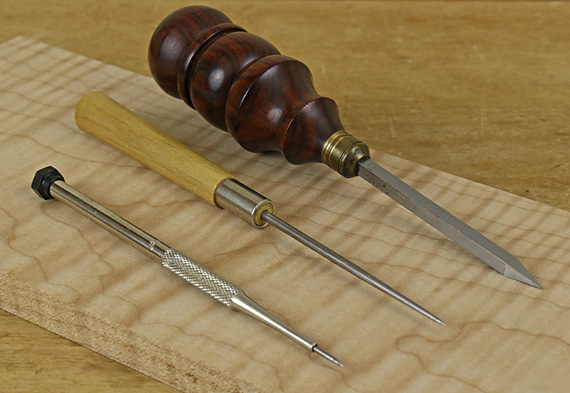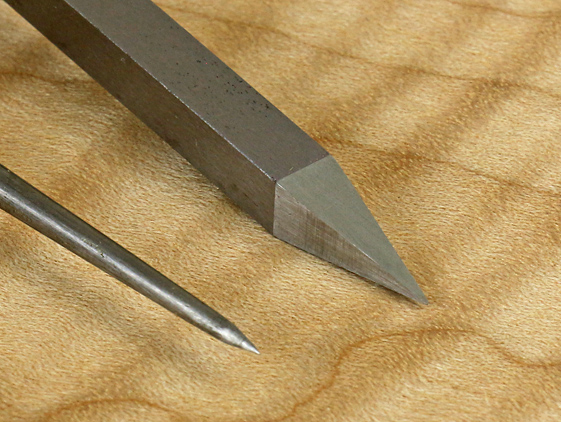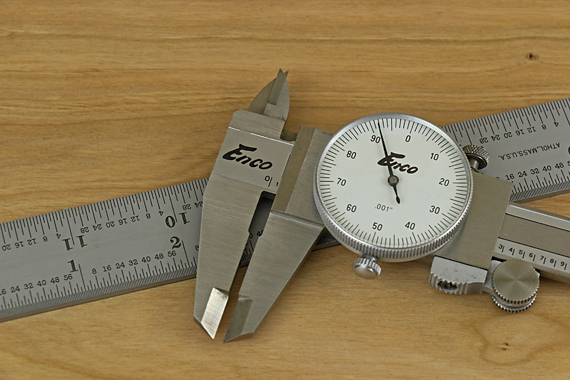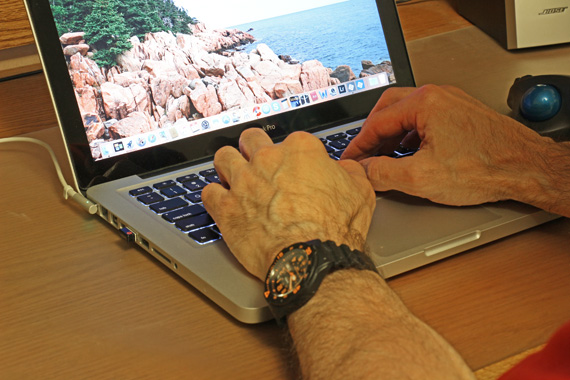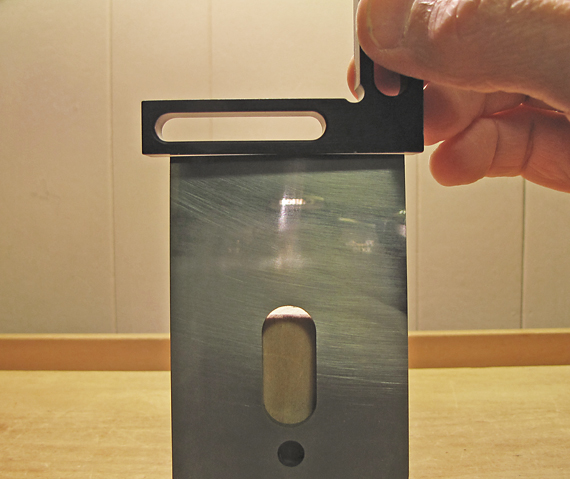
Revisiting this matter, there need be no confusion as long as you keep in mind that the amount of camber that belongs in a plane blade is a function of how the plane will be used, and particularly, the kind of shavings the plane will take. Without getting hung up on numerical absolutes, here are three reliable guidelines that I use, which I hope readers will find helpful.
I wrote about camber in 2009 but I think some of it bears restating, and there are a few things I would like to add.
For a smoothing plane blade: Make a very small camber to allow the plane to produce very thin shavings, perhaps .001″, that are thickest in the middle and feather out to nothing at barely less than the full width of the blade. This produces only imperceptible scallops on the wood surface. The finer the shavings you intend to take, the shallower the camber should be.
For a jack plane blade: Use more camber to take thicker shavings without producing stepped-edge “gutters.” Vary the camber according to how aggressively you want to remove wood with the plane. The camber also makes it easier to direct the cut to take down the high spots on the surface of the board.
For a jointer plane blade: Make a very small camber to make the plane capable of correcting an out-of-square edge by laterally shifting the plane without tilting it. Position the deeper part of the camber over the high side of the edge to bring it down, and thus incrementally work toward a square edge. The camber also creates a miniscule concavity across the width of the edge of the board, which ensures there is never any convexity there, which would produce an inferior joint.
So, there’s the essentials. Coming up, I’ll revisit the bevel-down/bevel-up issue (that I brought up in 2009) in a quantifiable but intuitive way, look at the effects of skewing the plane, present a thought on chipbreakers, and maybe another thing or two that popped into my head while I was in the shop but forgot to mention so far. Then, we’ll take a look at the Tormek SE-77 jig, which I’m liking a lot.

